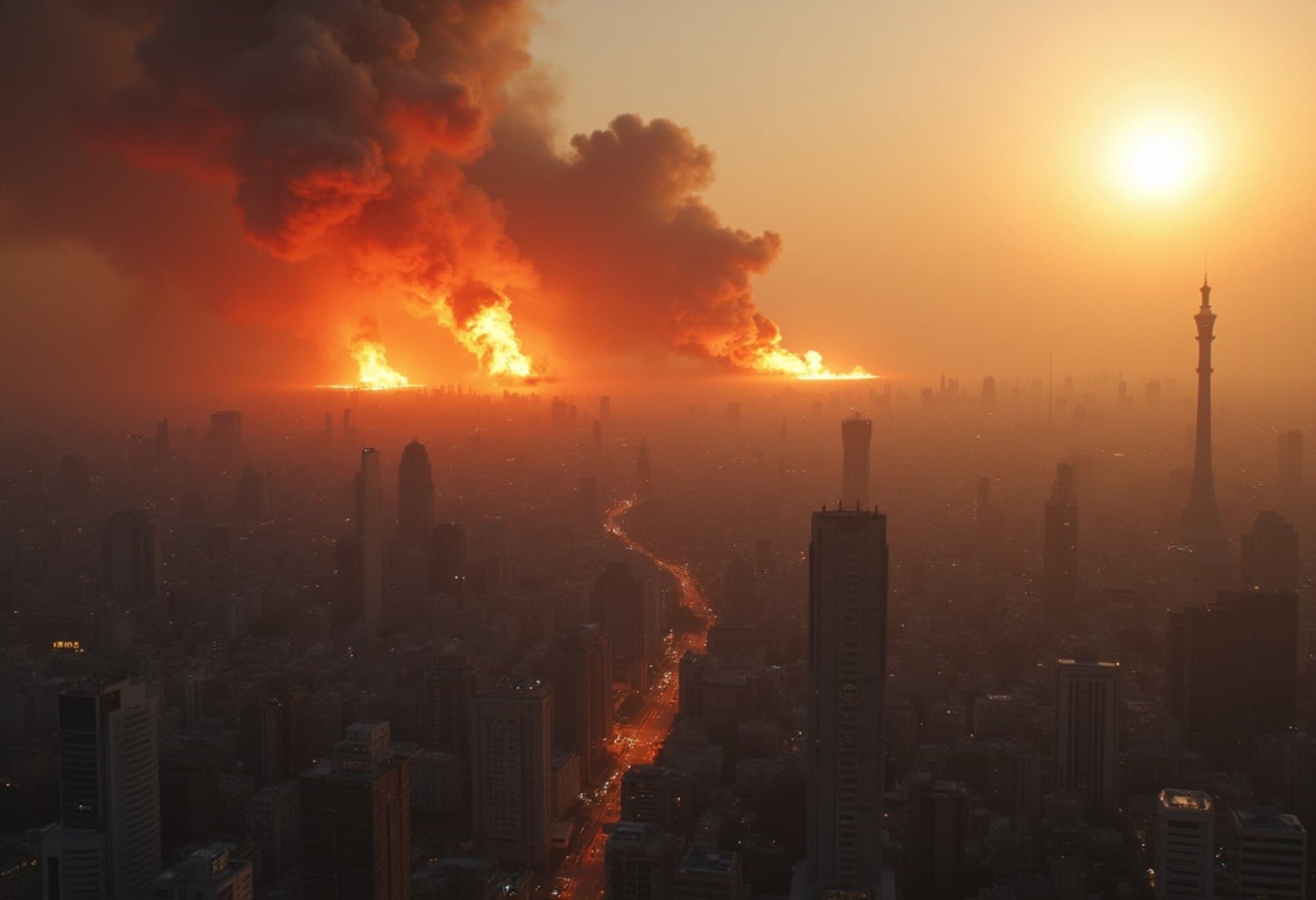Beijing Prepares for Renewed Heavy Rainfall Following Devastating Floods
As Beijing grapples with the aftermath of catastrophic floods that claimed dozens of lives just last week, city officials have issued new warnings of impending heavy rains across its mountainous suburbs. Forecasts predict up to 200mm (7.9 inches) of rainfall within a six-hour span starting midday, threatening to exacerbate already dire conditions in the city of 22 million.
Mounting Challenges for an Urban Rain “Trap”
Beijing’s unique topography — hemmed in by mountains to the west and north — acts like a natural raincatcher. This geographic setting intensifies moisture accumulation and dramatically boosts rainfall during monsoon storms, turning the city into what some experts call a rain “trap.” The city averages around 600mm of rain annually, but such a concentrated downpour over just a few hours puts immense pressure on outdated flood defenses.
Authorities are now racing against the clock to reinforce these critical flood barriers, enhance the accuracy of weather forecasting models, and update evacuation protocols to safeguard vulnerable communities.
Flash Flood Risks Surge, Especially in Mountainous Districts
The city's seven districts — including Mentougou, Fangshan, Fengtai, Shijingshan, Huairou, Miyun, and Yanqing — currently operate under the highest emergency flood preparedness level. Most of these are located in Beijing’s mountainous outskirts where the dangers of flash floods and landslides are notably severe.
This renewed alert comes with painful memories of the 2012 floods, Beijing’s deadliest in recent history, which claimed 79 lives over a few intense days. Fangshan district in particular saw floodwaters rise an astounding 1.3 meters in less than 10 minutes, highlighting the unpredictability and ferocity of these events.
Tragedy Strikes Beyond Beijing: Wellness Retreat Floods in Hebei
Adding a human toll dimension to this story, torrential rains last weekend swept through “Beijing Valley,” a scenic riverside wellness retreat in Chengde city, Hebei province, adjacent to Beijing. Official reports confirmed three fatalities and four missing persons after floodwaters engulfed the camp, where attendees were camping on low-lying ground near a river bend.
Similarities have been drawn with the tragic floods at Camp Mystic in Texas in July, where flash floods from a swollen Guadalupe River tragically took the lives of at least 28 children. The common thread in both cases is the peril of hosting events in flood-prone areas without adequate real-time risk assessments and emergency exits.
Wider Regional Impact: Southern Guangdong Flooding Recovery Efforts
Meanwhile, in southern China’s Guangdong province, recovery teams have retrieved the bodies of five individuals who were swept away by heavy rains. This large-scale search operation involved more than 1,300 rescuers, underscoring the widespread nature of flooding risks across multiple Chinese provinces this season.
Expert Insights: The Urgent Need for Climate-Resilient Urban Planning
Climate scientists and urban planners are increasingly sounding alarms about the vulnerability of major urban centers like Beijing to sudden, extreme weather events — a trend that many experts link to climate change’s intensifying influence on weather patterns.
Dr. Liu Wei, a hydrology expert at Tsinghua University, notes, "Beijing’s floods expose systemic weaknesses in urban infrastructure, especially regarding stormwater management and emergency response mechanisms. Without investment in modernizing flood defenses and building resilient communities, the human and economic costs will only escalate."
The recent tragedies also raise pressing questions about the protection of at-risk populations, such as the elderly at the Miyun nursing home, who were disproportionately impacted last month.
Looking Ahead: Lessons and Challenges for Beijing and Beyond
- Infrastructure Upgrades: Modernizing aging dams, levees, and drainage systems remains a priority.
- Early Warning Systems: Investing in advanced meteorological technologies can offer critical lead time to prevent loss of life.
- Emergency Planning: Clear, practiced evacuation procedures can minimize casualties when rapid flooding occurs.
- Public Awareness: Strengthening community understanding of flash flood risks, especially in suburban and rural outskirts.
As Beijing and affected regions brace for more rain, the unfolding flood disaster highlights the stark reality confronting many global cities: adapting to the growing unpredictability of nature requires foresight, investment, and inclusive planning that puts human lives at the heart of decision-making.
Editor’s Note
The recent flood crisis in Beijing serves as a poignant reminder that rapid urbanization must be matched by resilient infrastructure and responsive governance. Beyond the immediate rescue and recovery efforts, policymakers must confront deeper challenges posed by climate change and vulnerable populations. How can cities worldwide create adaptable systems to safeguard residents from increasingly volatile environmental threats? This story is far from over.



















